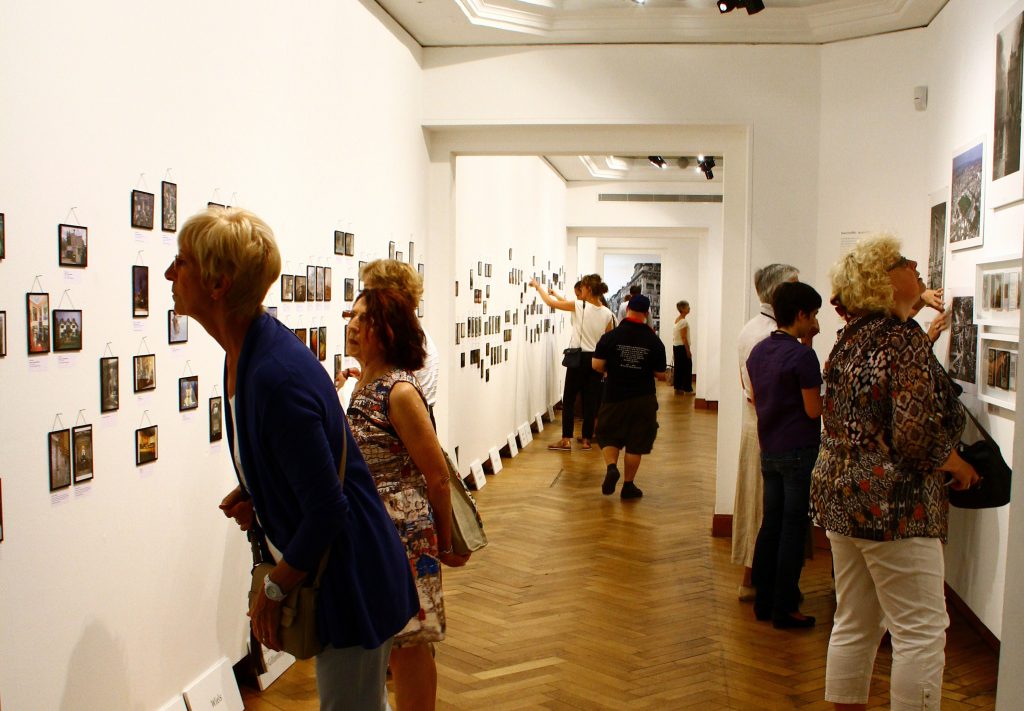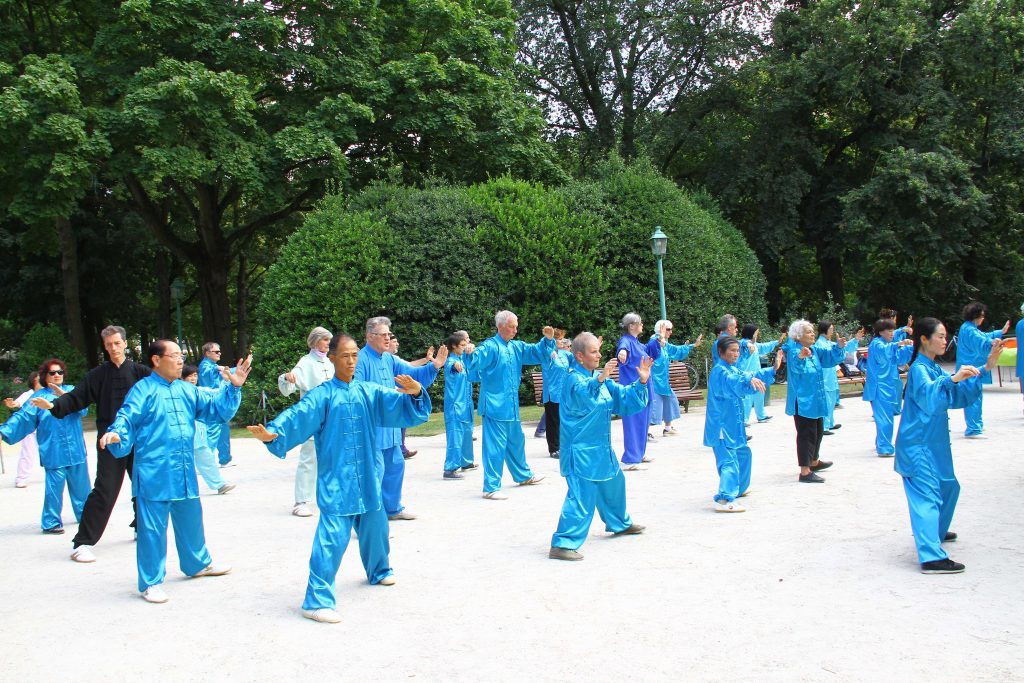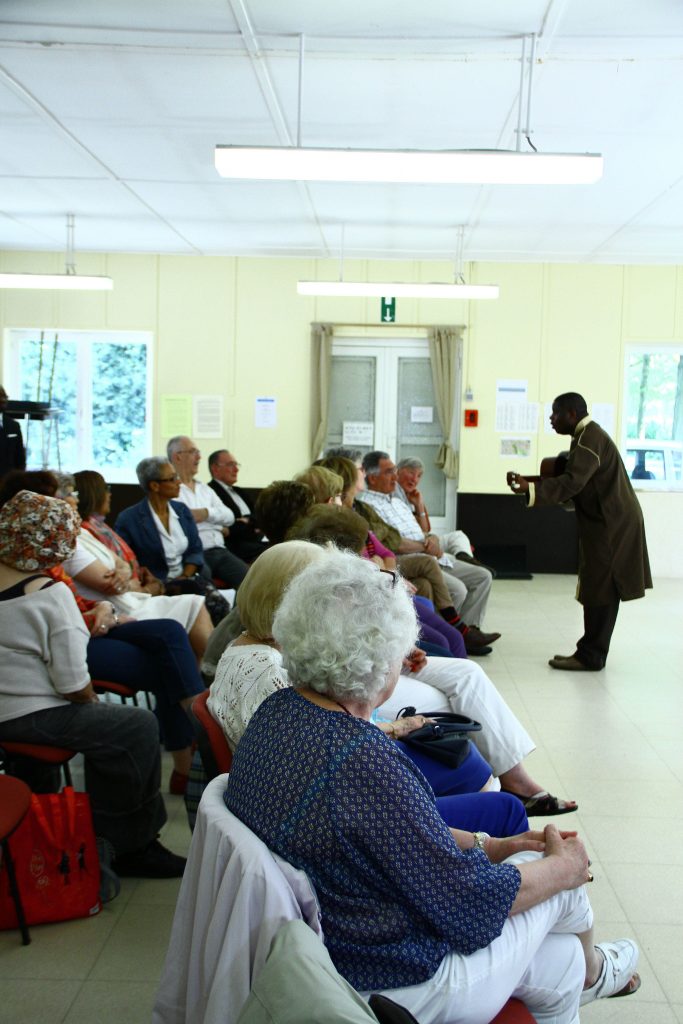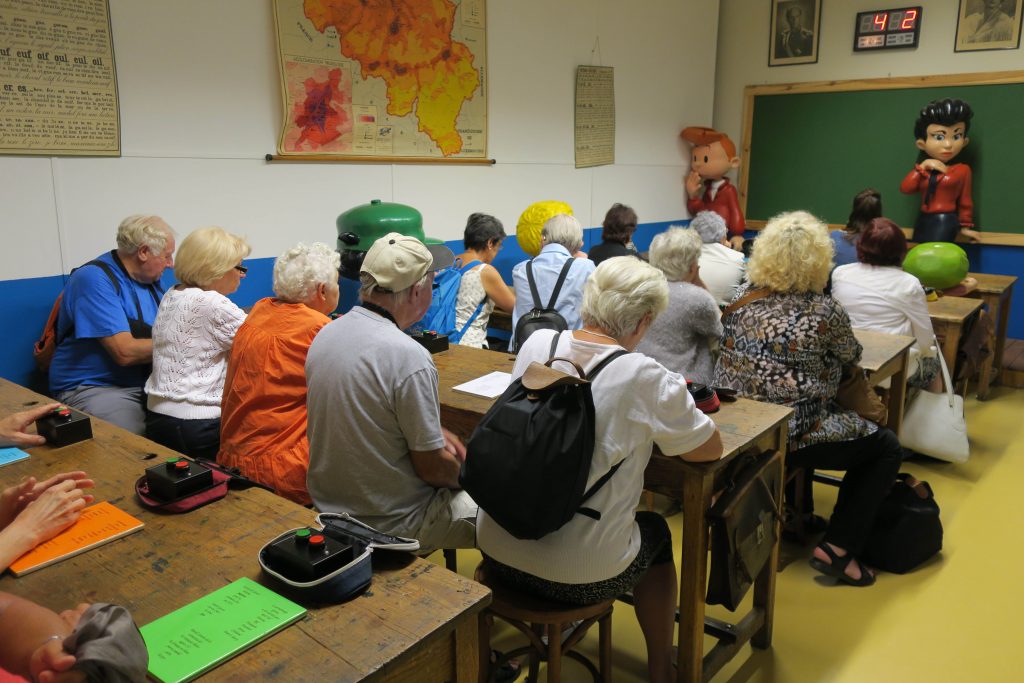Case Study: The Age-friendly Programme in the City of Brussels
The City of Brussels is the largest of the 19 autonomous municipalities in the Brussels-Capital Region, one of the three federated regions of Belgium, alongside Wallonia and the Flemish Region. In 2008 the City Council participated in the Belgian Ageing Studies (BAS), a research programme that has run in more than 150 Belgium municipalities to monitor local challenges and opportunities among people aged 60 and older living in their homes. The aim was to provide tools for evidence-based age-friendly local policies.
The BAS project involved close collaboration between a research team, the city council, the Senior Advisory Council, local social services, and other stakeholders (1). Older people were involved at all stages, including in the development of a local policy plan based on the findings. The creation of a community network among the city council, the Senior Advisory Council, members of local organizations for older people, third-sector agencies, and other community stakeholders was crucial for developing broad support around the theme of age-friendly policies and environments (2).
The policy and action plan developed from the 2009 BAS findings was the basis for the city’s application to the WHO Global Network of Age-friendly Cities and Communities Initiative (GNAFCC). A joint publication between the mayor and elected councillors (3) highlighted Brussels’ commitment to the ageing agenda and described some of the age-friendly initiatives to be undertaken.
The three priorities of the age-friendly programme in Brussels are to (4):
● pursue an approach inclusive of people from all generations;
● engage with all older people (aged 55-65, 65-80 and over 80), address a variety of needs, empower people,
and fight against all forms of isolation by providing a framework for active ageing;
● strengthen the position of older people in the city.
There is broad stakeholder involvement. At the regional government level, collaborative projects have been set up to develop new forms of community care and social networks in particular neighbourhoods. At city government level, it is a priority to integrate the ageing dimension into policy to ensure the needs of all ages are met. Community organisations and non-profit associations support age-friendly projects through funding, communication and logistics support, and the organisation of specific initiatives focusing on issues such as solidarity and transport/mobility. Older people are consulted and involved through consultations and associations, the Senior Advisory Council of older volunteers, opportunities for volunteering, and involvement in the implementation of projects and activities.
Challenges and Strategies for Progress
© City of Brussels, Belgium - Museum Visit
In 2018 the population of the City of Brussels reached 179,277 (5). Around 11% of the city’s population was aged 65 and over, and this proportion is expected to remain stable for the next few years. Poverty among older people is a growing challenge: the proportion of older people in Brussels who are reliant on the minimum income set for older people is 7.5% compared to 4.8% in the rest of Belgium, the number on very low incomes in increasing, and unemployment is rising among people aged 50 and over (6).
Inequality among the older population is intensifying, partly due to the growing number of older migrants and non-EU ethnic minorities, many of whom face higher risks of discrimination, poverty, and health problems. By 2020, it is expected that half the older population will be of foreign origin (7). Brussels has the highest number of deprived neighbourhoods in Belgium and many financially vulnerable older migrants settle in poorer areas with concentrations of immigrant communities (8). Overall, 62% of the city’s population are from immigrant backgrounds, with 54% of this foreign population (i.e. a third of the total population) from outside the EU, particularly Morocco and Turkey (9). So far the age-friendly project has had limited success reaching out to migrant older people, despiteattempts to work with ambassadors (key figures in the migrant community). In addition to migrant groups, age-friendly activities have had an underrepresentation of the oldest old, the most fragile groups of older people and older men.
Other factors that impact on age-friendly work in Brussels include the bilingual status of the city (Flemish and French), and linked to this the complex political structure (10). Additionally, the presence of the European Union (EU) within the city, marking Brussels out as the political capital of Europe (10), and the city’s internationalization has led to increases in property prices and rent in the last decade. Issues around safety and security in particular neighbourhoods affect women and older people in particular, while pollution and traffic congestion affect quality of life.
Age-friendly City Projects – Examples of Success
© City of Brussels, Belgium - Tai Chi in the Park
A key development was the creation of the Service de Seniors [Seniors’ Service], a public service targeted at older city residents. This comprises a dedicated team of people supporting varied initiatives and partnerships to improve older people’s quality of life as well as promoting their participation. Examples of the wide range of supported age-friendly events and activities include:
● the opening of seven social meeting places for older people (Espaces S pour les seniors), aimed at promoting meetings between older people and intergenerational encounters, providing relevant and targeted information on the needs of older people, promoting learning opportunities such as computer and language courses, offering sports activities, and identifying vulnerable groups and barriers to participation;
● the development of a portal for volunteers, including activities such as workshops, a cinéclub, a reading club, volunteers who are trained in first aid and can intervene during Seniors’ Service activities, the development of a group of older people who meet and have meals together, and projects such as Coup de Pouce – an after school club organised within a sports club;
● the promotion of access to culture, sports and leisure through offering a Sports Card providing access to activities organised by the Seniors’ Service at reduced cost, Sports Vouchers for a reduction of 100 euros on subscribing to a sports club; and generally widening participation in the sports and cultural life of the city;
● interventions that aim to link the needs of younger and older people, for example, by involving older adults in guiding children in their school activities, accompanying them to the swimming pool by bike, and related activities. Another example of an intergenerational project is Nabaka (11), a web platform aimed exchanging information, skills, and providing coaching sessions between different generations.
© City of Brussels, Belgium - Gospel Choir
To date, evaluation of the activities has been based on the number of activities organised by the Seniors’ Service and the number of older people who have attended. In 2017, there were 111 activities, representing a 38% increase since 2016. The majority of these were educational and learning activities (53%), social and cultural events (21%), trips and excursions (21%), and sports and fitness activities (5%). Events such as dance nights/events, older people’s Olympics sports events, and activities taking place in the seven social meeting places for older people have attracted the highest number of attendees. Activities that have been organised by older people themselves, building upon their voluntary engagement, have been most successful.
A total of 11,287 participations were recorded in 2017 for the whole activity programme, with women making 68% of these visits. Both women and men showed greatest interest in attending sports and fitness activities (64.6% of female visits and 82.6% of male visits). The 65-79 age group had the highest participation rate in 2017 with 6,196 visits (54.9%), followed by the 55-64 age group, with 4,333 visits (38.4%), and people aged 80 years and over with 665 visits (5.9%).
Future of the City of Brussels’ Age-friendly Programme
© City of Brussels - Cultural Visit
Priorities that have been identified for the next phases of the age-friendly movement include:
● combatting digital exclusion through implementation of the SeniorOnline project in the social meeting places for older people;
● promoting social participation, and extend opportunities for volunteering within the Senior Service;
● promoting mobility through ‘phone and ride’ buses and taxis for those aged 65 and over;
● promoting access to sports and cultural activities at reduced cost;
● supporting projects aimed at promoting solidarity and informal support at neighbourhood-level.
As local election cycles change, these priorities may also change.
Acknowledgments: This case study was written in partnership with a team from the University of Manchester led by Tine Buffel and consisting of Tine Buffel, Natalie Cotterell, Chris Phillipson, and Samuèle Rémillard-Boilard; in collaboration with Kateleen Verbanck, Barbara Wellens, Pauline Grondal, and Vanessa Issi of the City of Brussels.
References
(1) Buffel T, McGarry P, Phillipson C, De Donder L, Dury S, De Witte N et al. Developing age-friendly cities: Case studies from Brussels and Manchester and implications for policy and practice. Journal of Aging & Social Policy. 2014; 26(1-2): 52-72. doi:10.1080/08959420.2014.855043.
(2) De Donder L, De Witte N, Verté D, Dury S, Buffel T, Smetcoren A et al. Developing evidence-based age-friendly policies: A participatory research project. In: SAGE research methods cases. London: SAGE Publications; 2013.
(3) Plan seniors. Brussels: Ville de Bruxelles; 2010.
(4) Verbanck K., City Council of Brussels, personal communication, October 2018.
(5) Population and demographic projections. Brussels: Brussels Institute for Statistics and Analysis; 2018.
(6) Poverty and ageing. Brussels: Brussels-Capital Health and Social Observatory; 2008 (http://www.ccc-ggc.brussels/sites/default/files/documents/graphics/rapport-pauvrete/poverty-and-ageing-2008_conclusions.pdf, accessed 17 November 2018).
(7) Vanmechelen O, Verte D, Teugels H, Buffel T, De Donder L, Glorieux M et al. Zorgnoden en -behoeften: de kijk van de Brusselaar. Analyse van sterktes, zwaktes, kansen en bedreigingen van de Brusselse Woonzorg. Brussels: Kenniscentrum Woonzorg Brussel; 2012.
(8) Deboosere P, Eggerickx T, Van Hecke E, Wayens B. The population of Brussels: A demographic overview. Brussels Studies, Synopsis 3; 2009 (https://journals.openedition.org/brussels/891, accessed 17 November 2018).
(9) Smetcoren AS. I’m not leaving!? Critical perspectives on ageing in place.Brussels: Vrije Universiteit Brussel; 2016.
(10) Delwit P, Deschouwer K. The institutions of Brussels. Brussels Studies, Synopsis 14; 2009 (http://journals.openedition.org/brussels/1000, accessed 17 November 2018).
(11) Nabaka [website]. Brussels: Nabaka (https://www.nabaka.be/en, accessed 7 November 2018).





